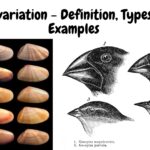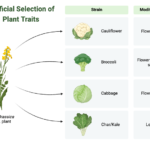Define migration in fishes, describe the type of migration in fishes and add a note on its significance
Define migration in fishes, describe the type of migration in fishes and add a note on its significance
Please login to submit an answer.
Migration in fishes is defined as the periodic or seasonal movement of fishes from one region to another, usually carried out for feeding, breeding, or favorable environmental conditions. It involves regular, directional movements that are repeated and not random dispersal.
Types of migration in fishes:
Anadromous migration – Fishes live mainly in sea but migrate to freshwater for spawning (example: Salmon, Hilsa).
Catadromous migration – Fishes spend life in freshwater but move to sea for breeding (example: Eel Anguilla).
Amphidromous migration – Movement occurs between freshwater and sea not directly for spawning but for feeding or part of life cycle.
Potamodromous migration – Migration takes place entirely within freshwater, usually upstream or downstream within rivers or lakes (example: carps).
Oceanodromous migration – Movement restricted within marine environment, covering short or long distances in search of food or breeding grounds (example: tuna, herring).
Significance of migration in fishes:
Ensures successful reproduction by providing suitable spawning grounds.
Enhances survival of young ones as they are released in favorable environments.
Allows access to nutrient-rich feeding areas, ensuring growth and energy storage.
Maintains population distribution and ecological balance in aquatic ecosystems.
Supports fisheries by concentrating fish populations seasonally, making them easier to harvest.
- Share on Facebook
- Share on Twitter
- Share on LinkedIn
Helpful: 0%




